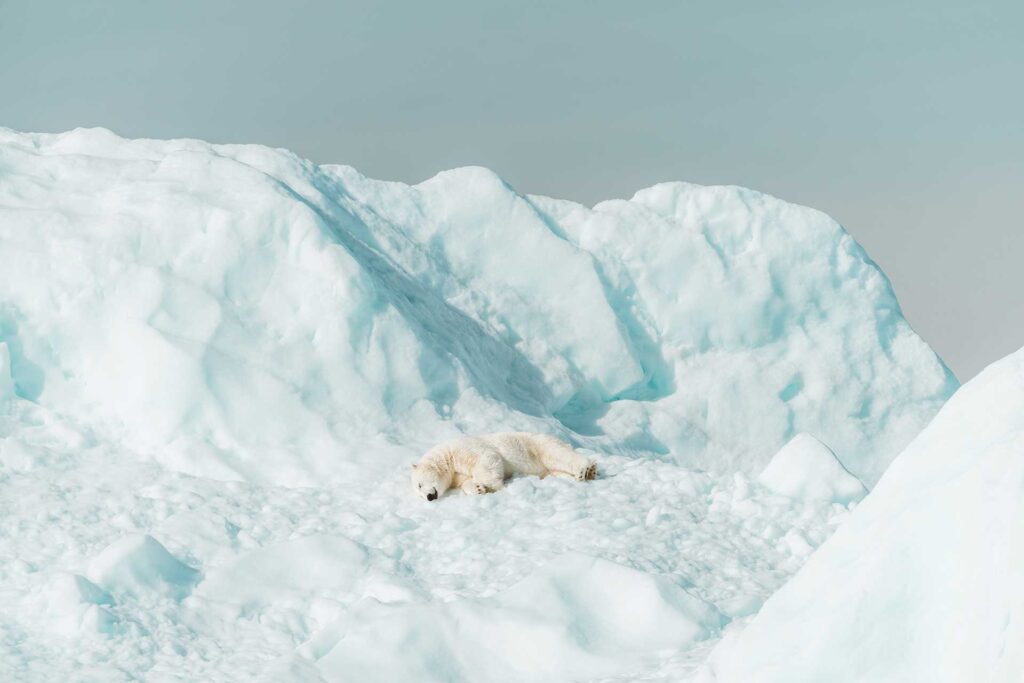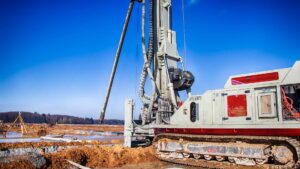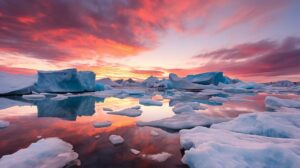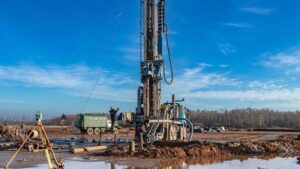The question that is often raised in the oil and gas industry today is:
Approximately how much of the world’s oil and natural gas reserves are believed to be in the Arctic?
This query is a significant topic of discussion and for a very good reason. The world will always need fresh oil and gas supplies to meet demands effectively. This continual supply isn’t always easy to find, and the Arctic is known to have accessible reserves.
The Arctic region may contain some of the world’s last central oil and gas reserves, but how much do they hold, and is it that easy to obtain?
The Arctic Oil and Gas Reserves: Facts and Figures
It is said that the Arctic holds approximately 13% of uncharted oil resources and around 30% of undiscovered natural gas resources. This is according to an in-depth study by the U.S Geological Survey.
The relative size of the Arctic’s resources is interesting, but the viability needs to be discussed. The difficulty and expense are associated with extracting Arctic oil and natural gases. Let’s explore the challenges in more detail.
The Challenges of Arctic Oil Supplies
It would be a considerable challenge to develop Arctic oil supplies profitably due to several factors ,which include:
- The need for specialist equipment for the extreme temperatures in the Arctic
- The inhospitable environment in the Arctic means employees are at a higher risk. This means they expect higher wages and salaries due to the hazardous working environment.
- The Arctic poses poor soil conditions, which require extra site preparation to prevent structures from sinking into the land. This is an additional time and money factor to consider.
- There is limited transportation access from global manufacturing centers. This means there needs to be a more impressive inventory of spare parts to make the process more reliable. This creates a bigger transportation cost for companies working on the project.
- Operational problems can occur due to natural gas hydrates. This is prevalent especially in drilling wells in onshore and offshore Arctic areas.
More Challenges to Explore: Natural Gas Development
Along with numerous challenges regarding oil development, there are similar issues with natural gas extractions.
It’s safe to say that the Arctic is rich in natural gas, but this development could be severely slowed down due to the low market value of natural gas in relation to the value of oil.
Consumers of these natural gases also live further away from the region, meaning transportation costs are significantly higher for natural gas liquids than oil.
The Potential For Conflict
Russia’s resources are a key player as the leading producer of oil and gas in the Arctic. Russia’s Arctic oil and gas resources are paramount for its foreign policy and the economy in general.
Russia is the most prevalent location for developing Arctic oil and gas, requiring external parties. If any conflicts regarding Arctic hydrocarbon development occurred, it would impact business relationships between Russia and said foreign companies.
Foreign energy companies want a high stake in this profitable project. In contrast, Russia’s goal is to develop its resources and sell it for a higher price to Europeans willing to pay. This is one glimmer of the type of conflict that could occur whilst developing the Arctic’s global oil and gas reserves.
Russia generally has challenging and demanding legal and political environments, especially when foreign investors are concerned, so this challenge must be considered carefully.
A Brief U.S. History
U.S. interest in the Arctic has slowly decreased ever since the Cold War. Although other countries were keen to get started with their Arctic strategy, the U.S. didn’t necessarily follow suit at the time. The British government already had a strategic plan in place, which Obama generally agreed with.
However, there are now more and more signs that the U.S. wants to join the countries vying for these valuable Arctic resources. The largest Arctic oil deposits are expected to lie in the waters off Alaska’s coast.
This means that Alaska’s role in making the U.S. more self-reliant has been key over the years. Onshore production is mainly to be expected in terms of U.S. oil production, but emerging research may change plans going forward.
Arctic Reserves: The Environmental Impact
There are several environmental impacts and regulations associated with dealing with Arctic reserves. This may affect timelines when it comes to exploring and producing resources in the Arctic.
Some of the key environmental issues that need to be touched upon include:
The preservation of animal and plant species
This is particularly prevalent to the species that are only present in the Arctic. Disturbing their natural habitats could cause extinction and unnecessary upheaval. Some of these species include polar bears, caribou, seals, whales and tundra vegetation.
Technology to manage offshore oil spills
Oil spills in an Arctic environment are a clear issue that would cause severe disruption to habitats, plants, marine and animal life in the area. It could be said that current technology isn’t enough to manage these offshore oil spills. These types of spills are also much trickier to contain due to the open waters and ice floes.
Is This the Answer to the World’s Future Energy Resources?
It’s clear to see that the Arctic contains a significant amount of oil and gas reserves, which could be of invaluable use in the future.
The Arctic could provide sources of energy that cannot be sourced from anywhere else in the world, however there are several challenges that stand in the way, due to the harsh climates, remote locations, and high costs associated with extracting these valuable resources.
Here are the estimates outlined by the U.S Geological Survey with regards to the Arctic’s current available resources:
- 90 billion barrels of oil
- 1,669 trillion cubic feet of natural gas
- 44 billion barrels of natural gas liquids
It is also estimated that the Arctic’s resources are approximated to be around 20% of the world’s undiscovered oil and natural gas, and they already supply around 10% of oil currently. Could this be the future? Only time and research will tell.
All in all, the future of Arctic oil and gas reserves will depend largely on factors including:
- Environmental challenges and concerns
- Political issues
- Technical know-how
With the ever-shrinking Arctic sea ice, and the increased accessibility, there are always new opportunities arising with regards to oil and gas exploration and production. However, the climate challenges will almost certainly worsen as a result. Alongside greenhouse gas emissions, habitat and species risks, and ever-increasing costs, there are significant challenges ahead.
Working in Energy
The opportunity for jobs in the energy sector right now is bigger and bolder than ever. If you have an interest in untapped oil and gas resources, this couldn’t be a more exciting time for future workers just like you.
As well as uncovering new opportunities within the oil and gas sector, you are set to learn a lot about how the thriving oil and gas sector is making the most of resources across the globe and beyond.
If you’re interested in pursuing jobs in the energy sector, you could quickly become part of a much bigger project, especially when it comes to discovering some of the world’s undiscovered oil resources.
As you can see, the arctic holds the key for numerous resources, and the findings will have a significant impact on the oil and gas industry. Are you interested in a career in this domain? Check out the latest jobs available and explore how you could get involved with future projects.












